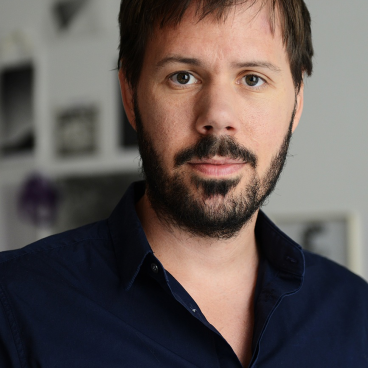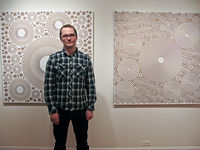15 Nov 2010 – 20 Nov 2010
Frankfurter Kunstverein
Frankfurt/Main, Germany
The NODE festival emerged from the ‘scene’ of users and developers of the programming language vvvv, which is widely used for the realisation of art and design projects. Coming of age, it is not solely committed to these roots, yet two dispositions still characterise its pursuit: On the one hand there is a great familiarity with the ‘workbench of abstraction’ (programming / conditioning of machines). On the other hand we share an artistic perspective, which is interested in the social and philosophical implications of this work.
NODE10’s exhibition presented pieces by 13 international artists
NODE10’s exhibition ‘abstrakt Abstrakt’ collected works by several international artists that reflect these new conditions of artistic production. The nature and effect of abstraction systems became apparent in works of digital and mathematical nature as well as in pieces that analyse, observe and transform artefacts of an abstract society. Among others:

Artwork
by SoftLAB
‘(n)arcissus’ was a site-specific spatial intervention in the stairwell of the Frankfurter Kunstverein, an artificial skin that drops down through the vertical space using gravity as a principle.

Artwork, Video
by Robert Hodgin
Computer code is perhaps the most immaterial of materials, consisting of text sequences dotted with obscure typographic symbols that read almost as concrete poetry.

Berlin/Frankfurt, Germany
Eno Henze is an artist, scenographer and designer based in Berlin and Frankfurt. His works examine how machines transform aesthetic reasoning and notions of the human. Combining theory with technology and computation, Henze creates images and spaces that oscillate between great complexity and clarity, between human and machine origin.

New York / Oslo
Marius Watz (NO) is an artist working with visual abstraction through generative software processes. His work focuses on the synthesis of form as the product of parametric behaviors. He is known for hard-edged geometrical forms and vivid colors, with outputs ranging from pure software works to public projections and physical objects produced with digital fabrication technology.